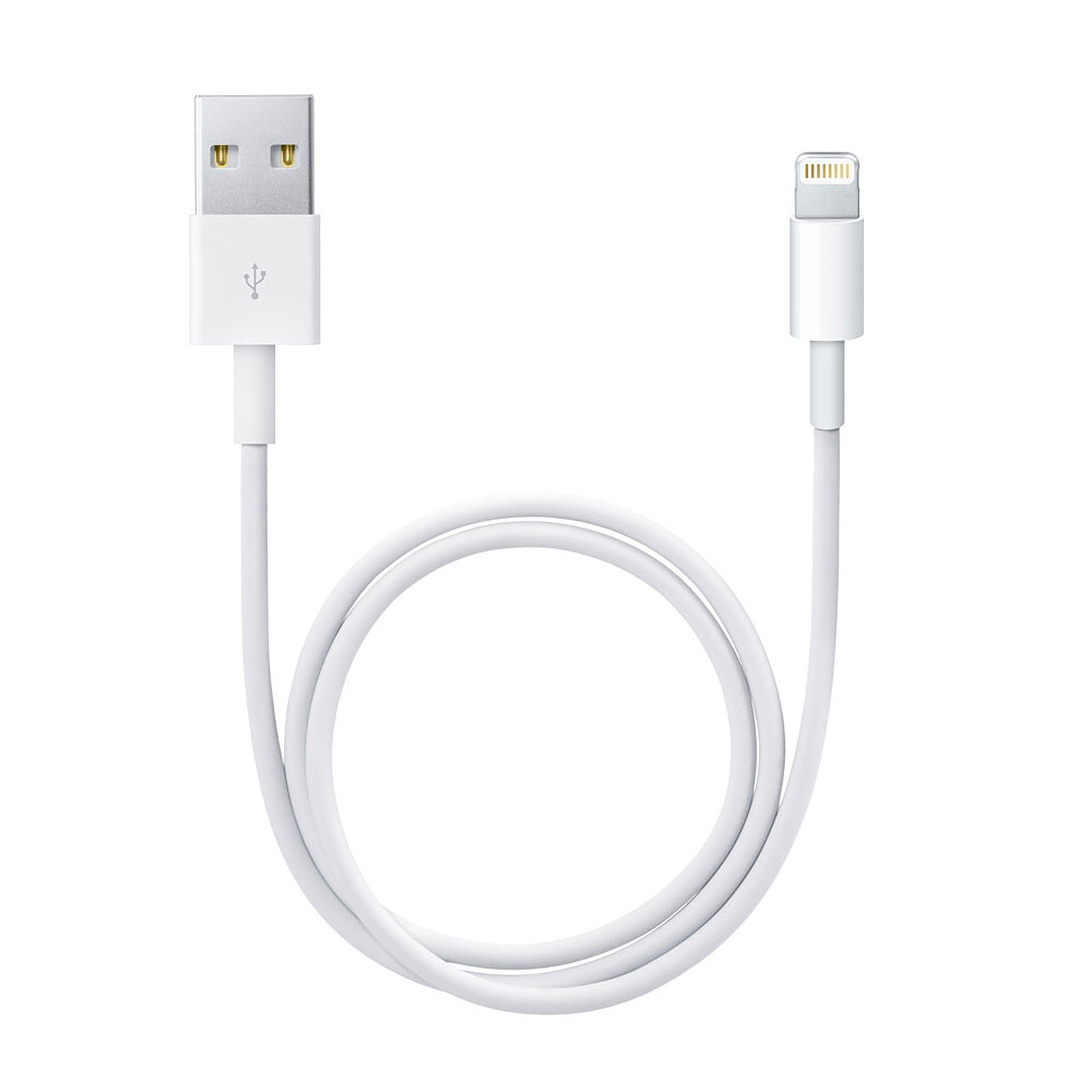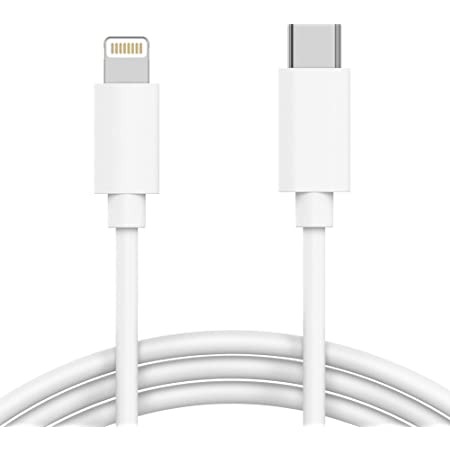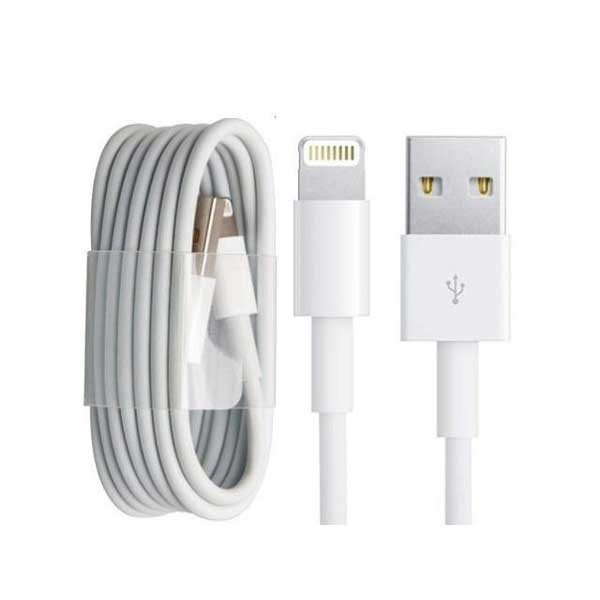Iphone Cable
Variations




An iPhone mobile cable, commonly known as a Lightning cable, is a specific type of cable designed for Apple’s iOS devices. Here are some key features and points about iPhone mobile cables:
Connector Type: The cable features a Lightning connector on one end, which is proprietary to Apple devices. This connector is smaller and reversible compared to the older 30-pin connector that was used on older iOS devices.
USB Connectivity: The other end of the cable typically has a USB connector, allowing it to be plugged into a computer, USB wall charger, or other USB-compatible devices.
Charging: The primary function of the iPhone mobile cable is to charge Apple devices such as iPhones, iPads, and iPods. When connected to a power source, the cable facilitates the transfer of electrical power to recharge the device’s battery.
Data Transfer: Similar to Android data cables, iPhone mobile cables enable data transfer between the iOS device and a computer. Users can transfer photos, videos, music, and other files using the cable.
Syncing: The cable is often used for syncing data between an iOS device and a computer, allowing users to update software, transfer media files, and perform backups.
Durability and Quality: As with any cable, the quality can vary. It’s advisable to use official Apple-branded cables or reputable third-party cables that are MFi (Made for iPhone/iPad/iPod) certified to ensure compatibility and reliability.
Compatibility: Lightning cables are compatible with a range of Apple devices, including iPhones (from iPhone 5 and newer), iPads (from iPad 4th generation and newer), iPad mini, iPad Air, and iPod touch (5th generation and newer).
When purchasing an iPhone mobile cable, it’s recommended to choose a cable that is compatible with your specific iOS device and to be cautious of counterfeit or low-quality cables, as they may not provide a stable connection and can potentially damage your device.
